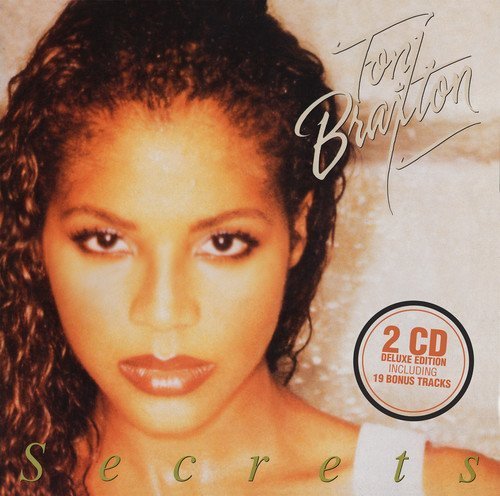Much as once a week I like to take time off to cover warships (Wednesdays), on Sundays (when I feel like working), I like to cover military art and the painters, illustrators, sculptors, and the like that produced them.
Combat Gallery Sunday : The Martial Art of John Falter
John Philip Falter was born during in 1910 Plattsmouth, Nebraska. In high school, the enterprising young man created his own comic strip which helped gain him a spot at the Kansas City Art Institute in 1928, then the Art Students League of New York City (briefly, like a month type of briefly) and the Grand Central School of Art.
Gaining work producing pulp covers, his first steady work came when he was paid to create three illustrations a week for Liberty Magazine in 1933 and was soon getting on in advertising slicks for everyone from Vultee to Pall Mall.
When WWII came to the States, the 32 year old illustrator signed up for the Navy and was soon put to work making recruiting posters and other illustrations for use by the sea service, soon garnering the rank of a full lieutenant in the Reserve.

John Falter’s Hit Hard! Hit Fast! Hit Often! of 1944 pictures a view from the bridge of a carrier. The poster’s hero is Admiral ‘Bull’ Halsey, Commander of the U.S. Third Fleet, shown leaning forward to take on the enemy wearing his navy flight jacket and holding high powered binoculars.
One print produced by Falter, A Strange sort of Prayer, is a haunting depiction of a Marine on a far off beach saying a blessing over the destroyed pillbox of a Japanese machine gun nest, “You see, God, I’d like to get home too.”
It was not his only religious-themed military work during the war.
He is best know for his recruiting posters and pamphlet illustrations for the U.S. Naval Reserve (Women’s Reserve), better known under the acronym WAVES for Women Accepted for Volunteer Emergency Service, established in the tale end of 1942.

WAVE At War, Ships At Night .NHC Accession #: 45-127-N “WAVES were not eligible for combat duty. Their assignments remained stateside or in the territories of Hawaii and Alaska. But recruiting posters often depicted the contributions of WAVES to combat victories. Here, Falter superimposes a female enlistee over a battle scene, as though she stands for all the WAVES-parachute riggers, machinists’ mates, gunners’ mates, and others who will make this victory possible. This type of image not only brought in new recruits, but it boosted morale among the WAVES, reminding them that their work was directly impacting the war effort and strengthening the might of Navy forces.”

WAVE With a Silhouette Of a 40mm Bofors Gun. NHC Accession #: 45-127-O. At Treasure Island in San Francisco, WAVES served as gunnery instructors, teaching sailors how to shoot anti-aircraft guns. Women received this specialized training at the Naval Training Station, Great Lakes, Illinois.

Note the control tower operator “T” rate on the WAVE PO3. By the end of the War, it was common at the myriad of stateside bases that had sprung up since 1942 for WAVES to be running most of the show.

WAVE Parachute Rigger, NHC Accession #: 45-127-I. Falter used an official Navy photograph as the source for this painting. The photograph appears in a recruiting pamphlet printed in February 1944, the same month the Navy printed 40,000 posters and 45,000 window cards of this painting alone, shown below.
During the War, he also started producing covers for the Saturday Evening Post, which he continued to do for decades after the end of hostilities, making a total of 129 covers by the late 1960s. Many of these today look like storyboards from Mad Men.
 In 1974 he was commissioned to do a series of six paintings for the American Bicentennial of 1976 by the 3M Company entitled “From Sea to Shining Sea.”
In 1974 he was commissioned to do a series of six paintings for the American Bicentennial of 1976 by the 3M Company entitled “From Sea to Shining Sea.”

 Besides this, he produced 200 paintings in the field of Western art, dozens of book covers from everything from Mark Twain to The Scarlet Pimpernel. His work also appeared in Esquire, Good Housekeeping, Cosmopolitan, McCall’s, Life, and Look.
Besides this, he produced 200 paintings in the field of Western art, dozens of book covers from everything from Mark Twain to The Scarlet Pimpernel. His work also appeared in Esquire, Good Housekeeping, Cosmopolitan, McCall’s, Life, and Look.
 In all, Falter is believed to have produced more than 5,000 works by the time of his death in 1982 at 72.
In all, Falter is believed to have produced more than 5,000 works by the time of his death in 1982 at 72.
The Naval History and Heritage Command has some 60~ or so images on line in their database from Mr. Falter, some in very high res while the Museum of Nebraska Art and Nebraska Historical Foundation has his papers and several other images to include a series of portraits he did in the 1960s and 70s of famous jazz musicians.
And of course, the Saturday Evening Post has about 80 of his covers online.
Thank you for your work, sir.


































